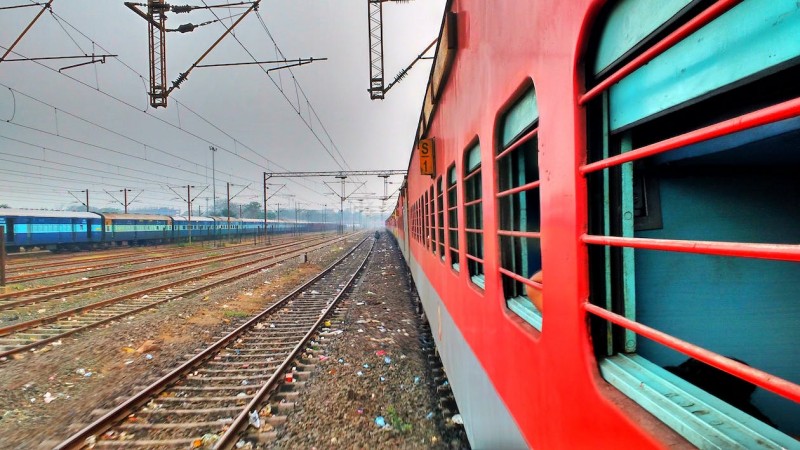
Travelling by train in India offers a unique and immersive experience, allowing you to witness the diverse landscapes and cultures of the country. One common question that often arises among travelers is whether it's possible to change trains using the same general ticket. In this article, we'll delve into the rules of Indian Railways regarding changing trains with a general ticket. So, hop aboard as we navigate through the intricacies of train transfers and ticket regulations.
Before we delve into changing trains, let's clarify the distinction between general tickets and reserved tickets. General tickets, also known as unreserved tickets, allow passengers to travel on a train without a specific seat or berth reservation. These tickets are typically valid for short-distance journeys and can be purchased directly at the railway station.
On the other hand, reserved tickets are for passengers who have confirmed seat or berth reservations on a specific train and class. Reserved tickets guarantee a designated spot for the passenger throughout the journey.
Exploring the Option
Imagine you're on a journey that requires you to change trains at an intermediate station. Can you do so with a general ticket? The short answer is yes, but there are important considerations to keep in mind.
Conditions and Constraints
Valid Route: Indian Railways allows passengers to change trains using a general ticket, but it must be on the same route or a route that reasonably connects the starting and ending stations.
Time Limit: The train change should occur within the permissible time limit. For instance, if you're taking a long-distance train journey, you might be allowed to break the journey and resume it on a later train within a specific time frame.
Intermediate Stations: The change of trains should happen at an intermediate station where the train makes a scheduled stop.
Ticketing Aspect
Ticket Price: When you purchase a general ticket, the fare is generally lower than that of a reserved ticket. However, if you decide to change to a different train that requires a reservation, you'll need to pay the difference in fare along with a reservation fee.
Validity: The general ticket's validity might need to be extended or endorsed by the station master at the intermediate station to account for the train change.
Navigating the Change
Changing trains with a general ticket involves a few steps to ensure a smooth transition. Here's a step-by-step guide:
Step 1: Check Train Schedules
Before embarking on your journey, familiarize yourself with the schedules of both the initial and connecting trains. Make note of the intermediate station where the train change will occur.
Step 2: Inform the TTE
Once on the train, inform the Travelling Ticket Examiner (TTE) about your intention to change trains. The TTE will guide you through the process and provide information about the next steps.
Step 3: Obtain Endorsement
At the intermediate station where the train change is planned, approach the station master's office. Present your general ticket and explain your situation. The station master will likely endorse or extend the validity of your ticket.
Step 4: Pay the Difference
If the connecting train requires a reservation, you'll need to pay the additional fare and reservation charges. The station master will assist you in calculating the difference and obtaining the necessary reservation.
Step 5: Board the Connecting Train
With the endorsed ticket and reservation (if required), board the connecting train and settle into your assigned seat or berth.
Making Your Travels Easier
Traveling with general tickets and changing trains can be a seamless experience with these helpful tips:
Plan Ahead: Research train schedules and possible train changes before starting your journey to avoid any last-minute confusion.
Allow Margin: Leave some buffer time between the arrival of the first train and the departure of the connecting train. This ensures you have ample time for the transition.
Keep Documents Handy: Have your identification, ticket, and any necessary documents easily accessible for verification.
Be Courteous: Approach railway staff politely and ask for assistance whenever needed. They are there to help you navigate the process.
Changing trains using a general ticket is indeed possible within the framework of Indian Railways. By adhering to the rules and guidelines provided by the railway authorities, you can make your journey from one train to another a smooth and efficient experience. Remember to plan ahead, stay informed about the schedules, and approach the railway staff for assistance whenever necessary. Happy travels!
Back Pain Bothering You? Modify Your Diet with These 6 Choices
How to Spot the Warning Signs of Alopecia
Stomach Problems or Something More? Understanding Cancer Warning Signs